Screech owls are tiny, objectively adorable owls native to North, Central, and South America. There are at least 21 different species of screech owls, and they come in a wide variety of colors. Most of these owls are between 7 and 10 inches tall, and they can be easily recognized by their prominent feather tufts set on the top of the head. Read on to learn about the screech owl.
Description of the Screech Owl
Though not the smallest species in the world, or even in the Americas, these owls are still pint-sized. They stand in at just 7 – 10 inches tall with an 18 – 24 inch wingspan. As is the case with most other owl species, the females are larger than the males.
These owls also have two prominent feather tufts atop their heads, fixed above bright yellow eyes. Though they come in a wide variety of colors, all are well adapted to camouflage themselves against tree bark.
Interesting Facts About the Screech Owl
For such a small creature, screech owls are simply full of fun facts! These little birds are incredibly interesting and surprisingly efficient killers for an animal of their size.
- Spooked Ya! – Having well camouflaged feathers doesn’t quite cut it sometimes. When these birds are frightened they take it a step further to avoid being spotted by potential predators. They will point their feather tufts, flatten their feathers, and stand as tall as possible, making them look like a tree branch!
- Big Bird – If they know they’ve been spotted, instead of flattening themselves they choose the opposite route. They will puff up their feathers to look as large and menacing as possible. The more of a fight, the less likely a predator will try to catch you!
- Bird Brain – Despite the common depiction of owls as “wise,” these birds are not quite rocket scientists. In fact, their large eyes take up most of the space in their skull. This means that they have relatively small brains.
- Not So Screech Owl – In contrast to their name, screech owls most common vocalization is not a screech at all. Instead, these birds make low trilling noises. The sound of a screech owl’s trill sounds similar to the whinny of a horse.
Habitat of the Screech Owl
Because these birds nest in tree cavities, they must live in or near forested areas. In addition to the presence of trees, they also require old growth forests for the same reason. Old trees are more likely to have hollows large enough for these owls to make their home. They can be found in mixed woodlands, suburban parks, deciduous forests, wetlands, marshes, orchards, and forests near meadows or fields.
Distribution of the Screech Owl
The 21 different species of screech owls can be found across North, Central, and South America. Different species have different home ranges. They can be found across the entire United States, parts of Canada, most of Central America, and most of South America.
Diet of the Screech Owl
These small birds prey on virtually anything they are able to capture. They eat many different types of prey, including insects, mice, bats, other small mammals, birds, reptiles, and amphibians. Prey is killed using sharp talons and curved beaks, just like in larger owl species. Because they are so small, if prey cannot be swallowed whole they will carry it back to their nest to avoid having it stolen.
Screech Owl and Human Interaction
Each species has different conservation needs. Some are quite common, like the Eastern and Western species, while others are clearly threatened by human activity. The type of activity that impacts these birds is the same across all species.
Habitat destruction deprives these birds of a place to reproduce as well as reducing available prey. They are also very frequently struck by vehicles, and with such a small bird these impacts are usually fatal.
Domestication
Screech owls have not been domesticated in any way.
Does the Screech Owl Make a Good Pet
In most places it is illegal to own any owl as a pet. To own one for falconry purposes you must have years of experience, adequate housing, and a number of permits.
Screech Owl Care
These owls thrive in a zoological setting, and are capable of nearly tripling their wild life expectancy. The oldest recorded individual was 14 years old, but the average is closer to 7 years. In zoos, however, these birds can live well over 20 years.
They are given plenty of flying opportunity for exercise, though they do not require as much space as larger species. Most are fed a diet of frozen (and then thawed) mice, rats, and the occasional chick.
Behavior of the Screech Owl
For the most part, these birds live solitary lives. They do not interact with one another until the breeding season arrives. At the start of the breeding season males will begin to search for a place to make their nest. If he can find a perfect nesting place he stands a much better chance of attracting a female.
Reproduction of the Screech Owl
Each species is slightly different, but much of the breeding behavior is similar across all species. After finding a tree hollow to nest in, the pair of owls will breed. They will also sometimes use nest boxes created by humans. It is not uncommon for a pair to use the same nest for consecutive years.
Females can lay anywhere between 1 and 6 eggs, but 3 – 4 is the average. Most of the incubation duties fall on the female, and the male provides her and the chicks with food. She incubates the eggs for approximately 26 days. The young chicks grow quickly, and will begin to learn how to fly at 31 days old.


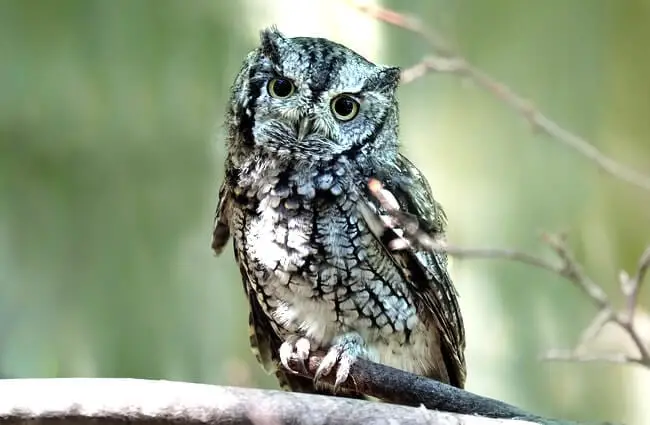
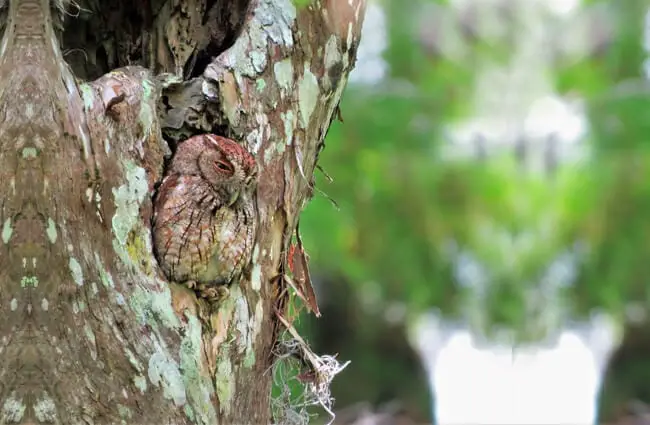
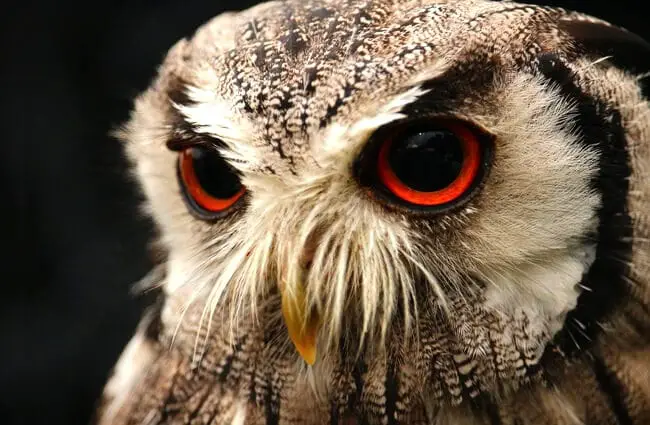

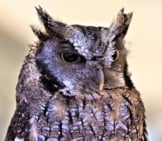
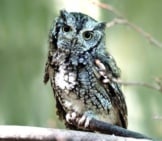
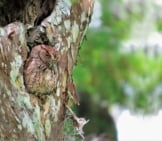

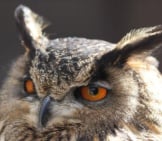
![Red Angus Closeup of a beautiful Red Angus cowPhoto by: U.S. Department of Agriculture [pubic domain]https://creativecommons.org/licenses/by/2.0/](https://animals.net/wp-content/uploads/2020/03/Red-Angus-4-238x178.jpg)












![Red Angus Closeup of a beautiful Red Angus cowPhoto by: U.S. Department of Agriculture [pubic domain]https://creativecommons.org/licenses/by/2.0/](https://animals.net/wp-content/uploads/2020/03/Red-Angus-4-100x75.jpg)

